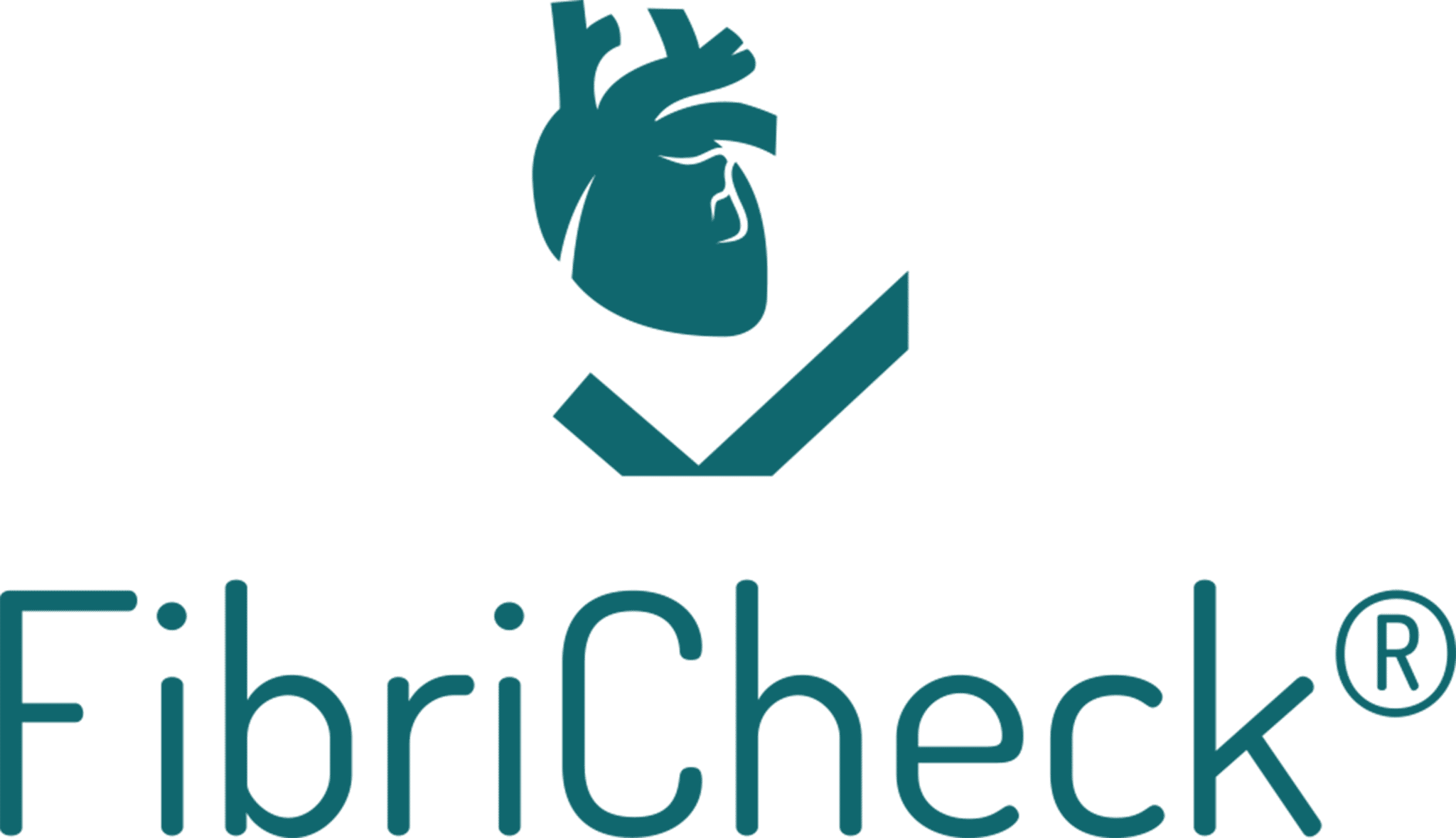Every year, 17 million people worldwide are affected by a stroke. It is the second most common cause of death and a leading cause of adult disability.
That is why it is important to learn the F.A.S.T. warning signs. Do you see someone experiencing any of the following signs? Call an ambulance right away. When someone is having a stroke, every single minute counts.
F.A.S.T. Warning Signs
Use the letters in F.A.S.T to spot a stroke.
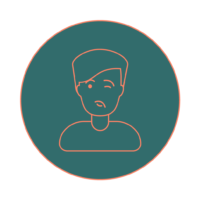
Face
Ask the victim to smile. If the mouth is crooked or one side of the face is drooping, this could indicate a stroke.
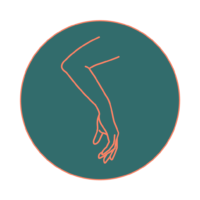
Arm
Ask the victim to stick out both arms and check whether they go up at the same time. If not, this may indicate a stroke.
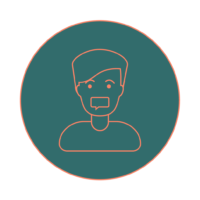
Speech
Listen if the victim speaks unclear, can’t get his words out or has difficulty understanding you.
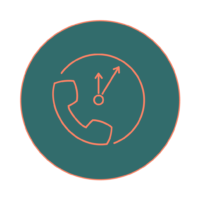
Time
Other stroke symptoms
Keep an eye out for sudden:
- NUMBNESS or weakness of face, arm, or leg, especially on one side of the body
- CONFUSION, trouble speaking or understanding speech
- TROUBLE SEEING in one or both eyes
- TROUBLE WALKING, dizziness, loss of balance or coordination
- SEVERE HEADACHE with no known cause
If you or someone near you is experiencing stroke symptoms, act F.A.S.T. and immediately call an ambulance.
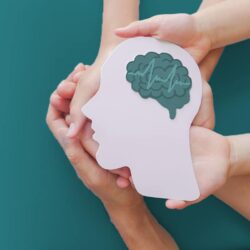
Atrial fibrillation and strokes
20% of all strokes are caused by atrial fibrillation, the most common cardiac arrhythmia. When the blood isn’t pumped through the heart effectively, as is the case in atrial fibrillation, blood clots can form and eventually cause a stroke.
Although 40% of people with atrial fibrillation do not suffer from any symptoms, it is important that the arrhythmia gets discovered and treated as quickly as possible.
Frequently asked questions
A cerebrovascular accident (CVA) or a stroke is a medical condition where the blood circulation in the brain is suddenly disrupted. 17 million people worldwide suffer from a stroke each year, making it the second most common cause of death and the leading cause of adult disability. Strokes can be divided into ischemic strokes and hemorrhagic strokes.
An ischemic stroke occurs when a blood clot blocks or narrows the arteries supplying blood and oxygen to the brain. Consequently, the brains get too little or no oxygen and can be permanently damaged.
A transient ischemic attack (TIA) or a “mini stroke” is caused by a temporay blockage. The blood clot that gets stuck, eventually breaks up or moves on by itself. The symptoms of a stroke, such as paralysis, dizziness or double vision, will fade away when the blood clot breaks free again and the blocked part of the brain gets oxygen and nutrient rich blood again.
It is important that anyone who suffered from a TIA consults a doctor as soon as possible to determine the cause of this mini stroke.
A hemorrhagic stroke occurs when a blood vessel in the brain leaks or bursts. That causes blood to pile up in the brain and damages brain cells.
17 million people suffer stroke worldwide each year. A whopping 20% of these strokes are caused by atrial fibrillation, the other 80% can be generated by other factors, such as:
• High blood pressure
• Diabetes
• High cholesterol
• Cardiovascular disease
• Obesity
• Prolonged stress
• Excessive alcohol consumption
• Low physical activity
• Unhealthy diet
There are certain characteristics, habits and lifestyles that may increase the risk of a stroke. As with atrial fibrillation (AF) the risk of stroke grows as you become older. Fortunately, there are a lot of factors that we control ourselves, like:
• Quit smoking;
• Moderate your alcohol consumption;
• Check your blood pressure regularly;
• Have your cholesterol checked out regularly from the age of 40;
• Have your blood sugar checked out regularly from the age of 45;
• Get plenty of exercise;
• Eat as healthy as possible;
• Report an irregular pulse or palpitation to your doctor. You can easily check your heart rhythm at home using the FibriCheck app.
